Trois-Marigots: Gallinule Galore

A recent early morning visit to the Trois-Marigots area, just outside Saint Louis in the lower Senegal delta, quickly turned into a proper gallinule fest, with dozens – hundreds probably! – of rallidae: Moorhens, African Swamphens, Black Crakes, and even a few of the much hoped for Allen’s Gallinule. No crakes this time round, but all in all a pretty spectacular sight in a great setting. Below are a few images taken during our visit, all but the last one taken from the Tylla digue which crosses the second of the the Trois-Marigots. Vieux and I mainly birded a stretch of just a few hundred meters for the first couple of hours, with new birds showing up all the time.
With habitat like this, what would you expect?
Rails of course, but also African Pygmy-Goose, Purple Heron, Black Heron, Little Bittern, African Fish-Eagle, Marsh Harrier, various Acrocephalus warblers, Winding Cisticola, Zebra Waxbill, and so on.
Allen’s Gallinule is pretty local in Senegal, being most regularly reported from Djoudj and from Trois-Marigots, though it also occurs in Casamance and probably elsewhere (still waiting for it to show up one day at Technopole!). We saw at least two adults, including one with a bright blue frontal shield. The second bird, pictured below, was somewhat duller but the obvious red eye indicates that it is also in breeding plumage, making it likely that the species breeds here at Trois-Marigots.
And here’s that obligatory Pygmy-Goose picture, which I have to say I was quite pleased with:
This one a bit less so, but nevertheless, always great to get a reasonable picture of a nervous warbler that just would not sit still… While most wintering warblers are long gone by now, there were still quite a few of these Sedge Warblers around, plus several Eurasian Reed Warblers, two Willow Warblers, and just one Bonelli’s Warbler. For the most part these are probably birds from the northern part of their breeding range.
Complete eBird checklist here, plus this one from the now bone-dry savanna between the first (also dry by now) and second marigots: Chestnut-bellied Sandgrouse, Temminck’s Courser, Cut-throat, Pygmy Sunbird, etc. For more on Trois-Marigots and its crakes – including the rarely seen Little Crake – see this post, and of course many other notes by Frederic Bacuez on Ornithondar.
A brief visit to the Lampsar near Makhana village, on the opposite side of the route nationale, paid off with quite a few additional species such as fly-over Glossy Ibises, Collared Pratincoles, several waders including two Little Ringed Plovers, and most notably a small colony of Black-winged Stilts, with at least four birds incubating. There were probably several more, given that some of the nests were relatively well concealed as can be seen on the picture below. Checklist here.
Staying on our swamp theme, here are a few more pictures from the Easter weekend which we spent at Zebrabar at the Langue de Barbarie national park. The Saint Louis STEP (sewage farm) was even more smelly than usual, but as always held some good birds such as this River Prinia and Greater Painted Snipe, two species that were also encountered at Trois-Marigots.
Finally, I should mention that Vieux recently found Senegal’s 6th or 7th Lesser Jacana, more precisely at the Lampsar lodge on March 16th. He’d found the previous one just last summer during a waterbird count near Ross Bethio on July 15th. The species is probably a fairly regular yet scarce visitor to Senegal, but its precise status is yet to be defined. Once again Vieux shows that he’s one of the most skilled – and most active – birders in the country!




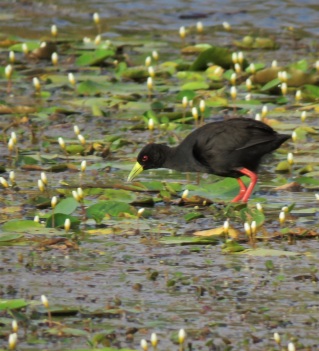
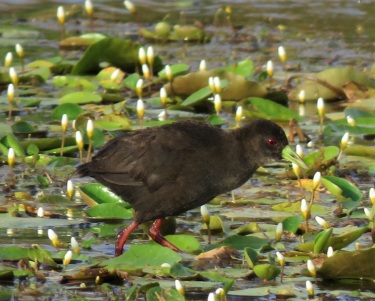






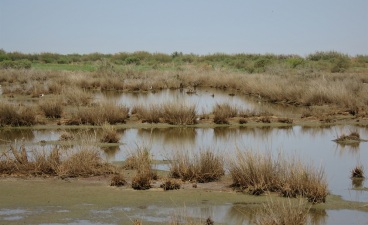
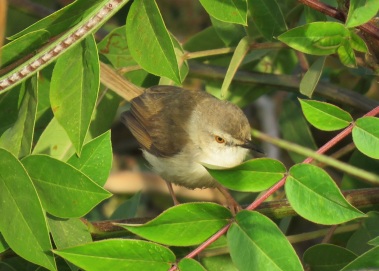










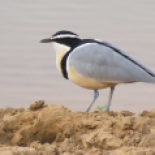

















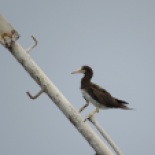












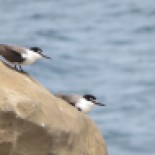












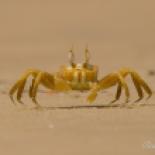









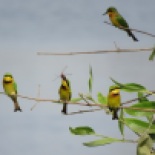


















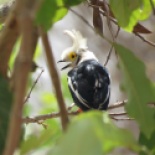




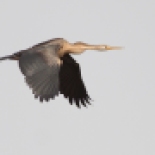
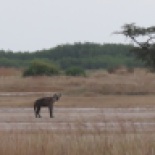










































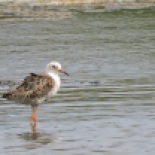


















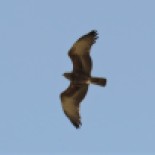








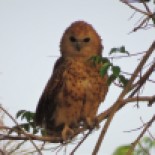
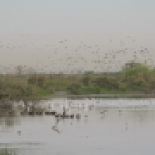












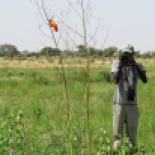










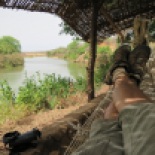










Trackbacks / Pingbacks